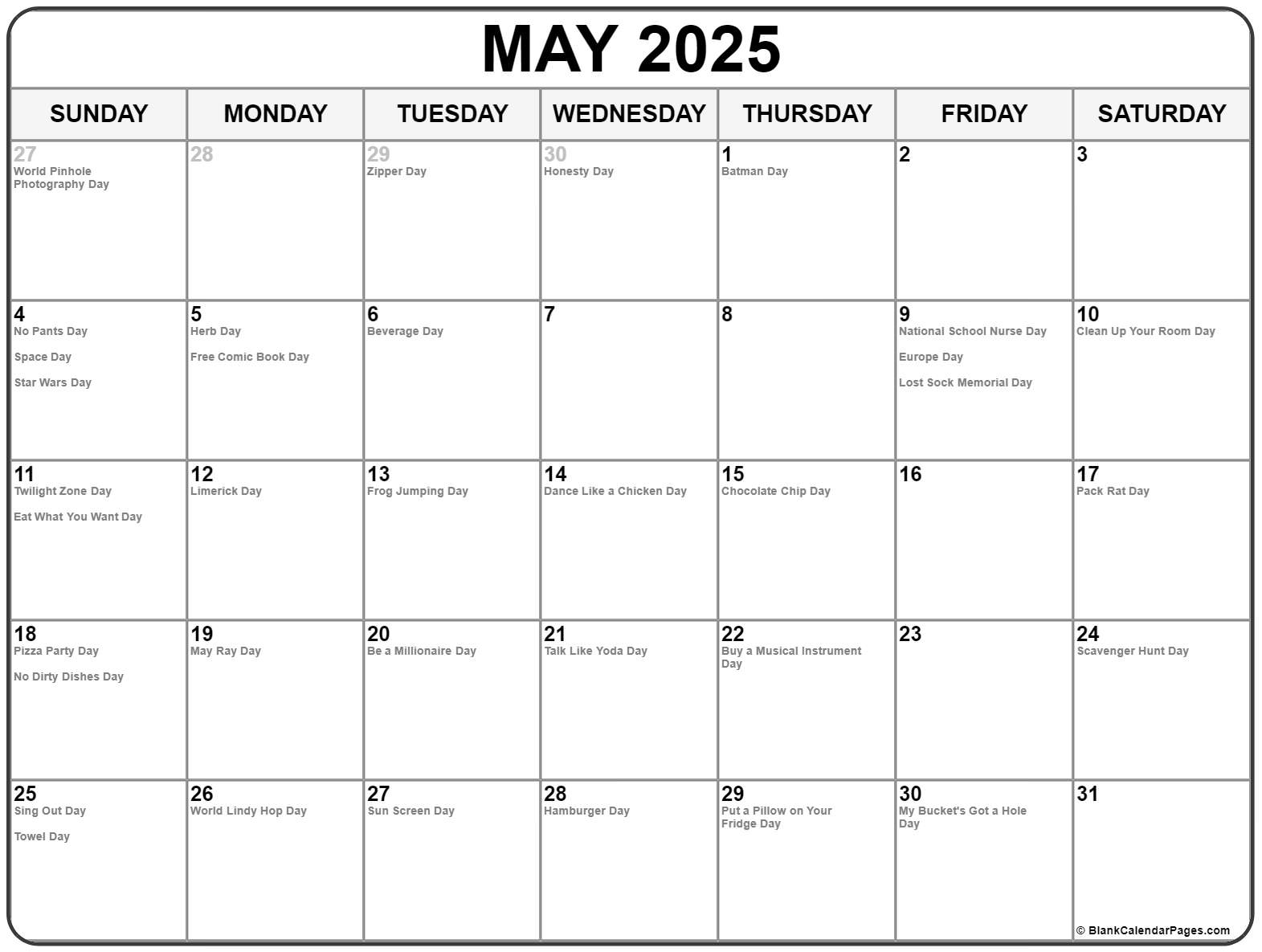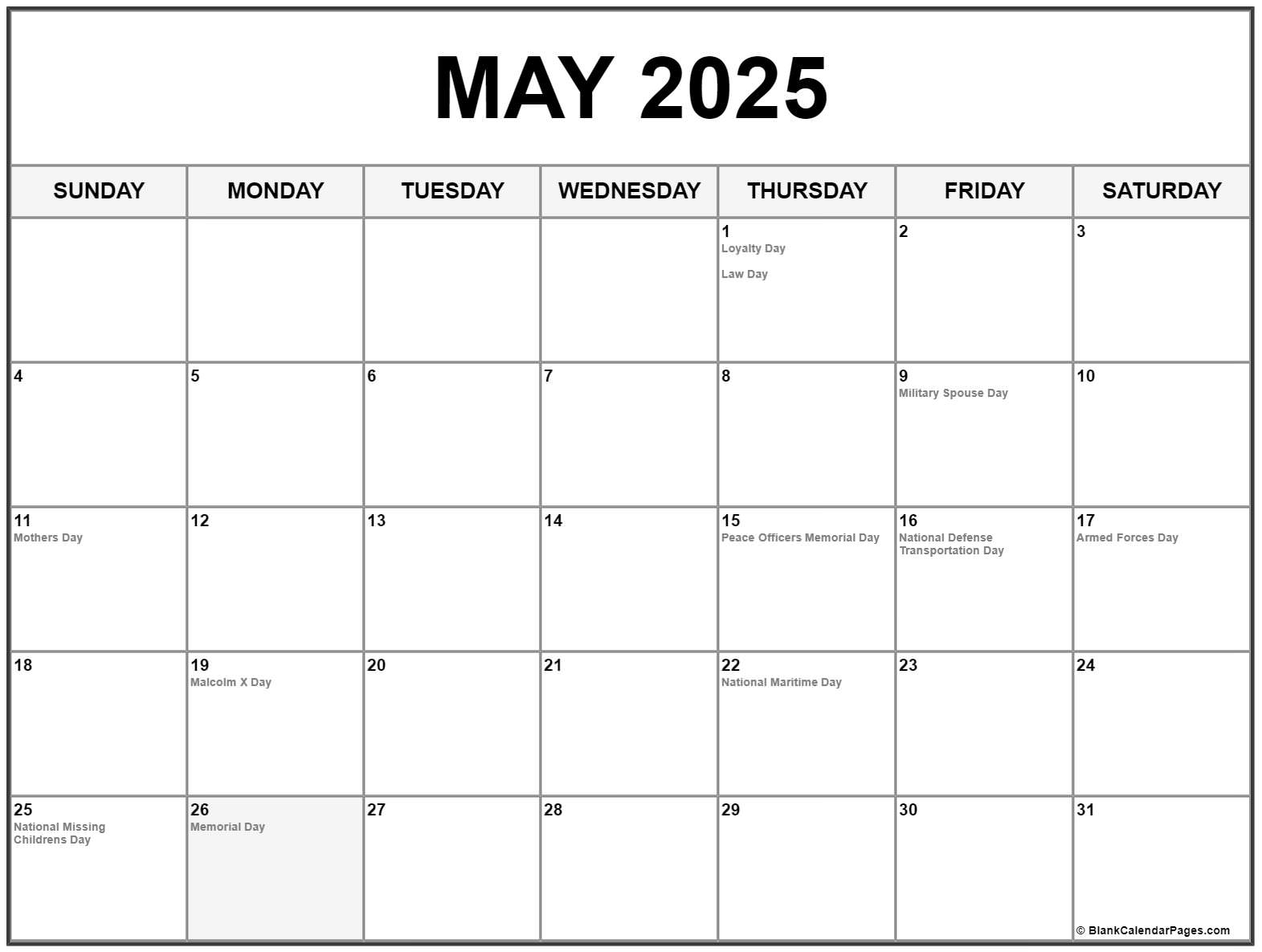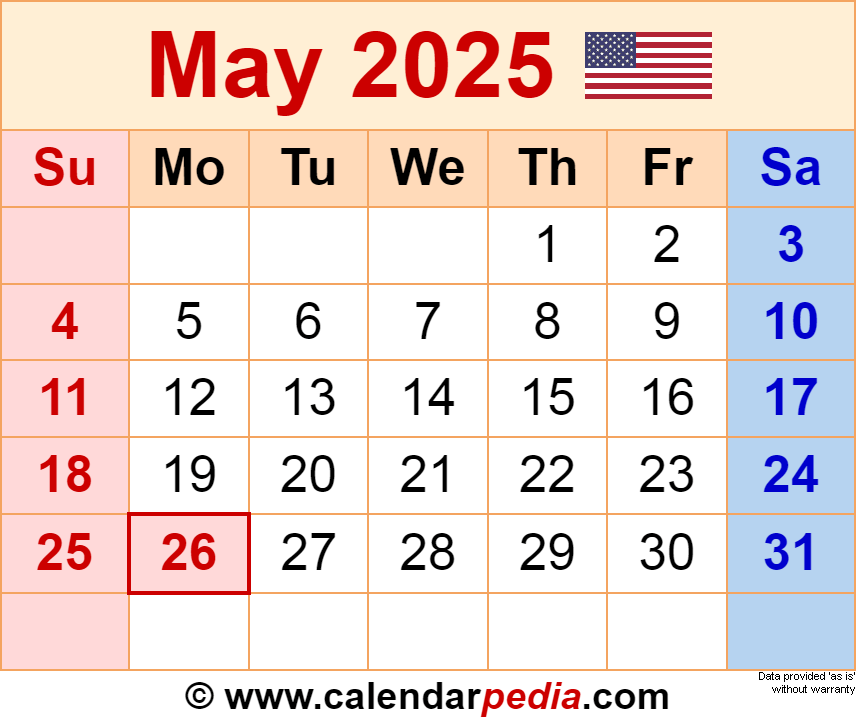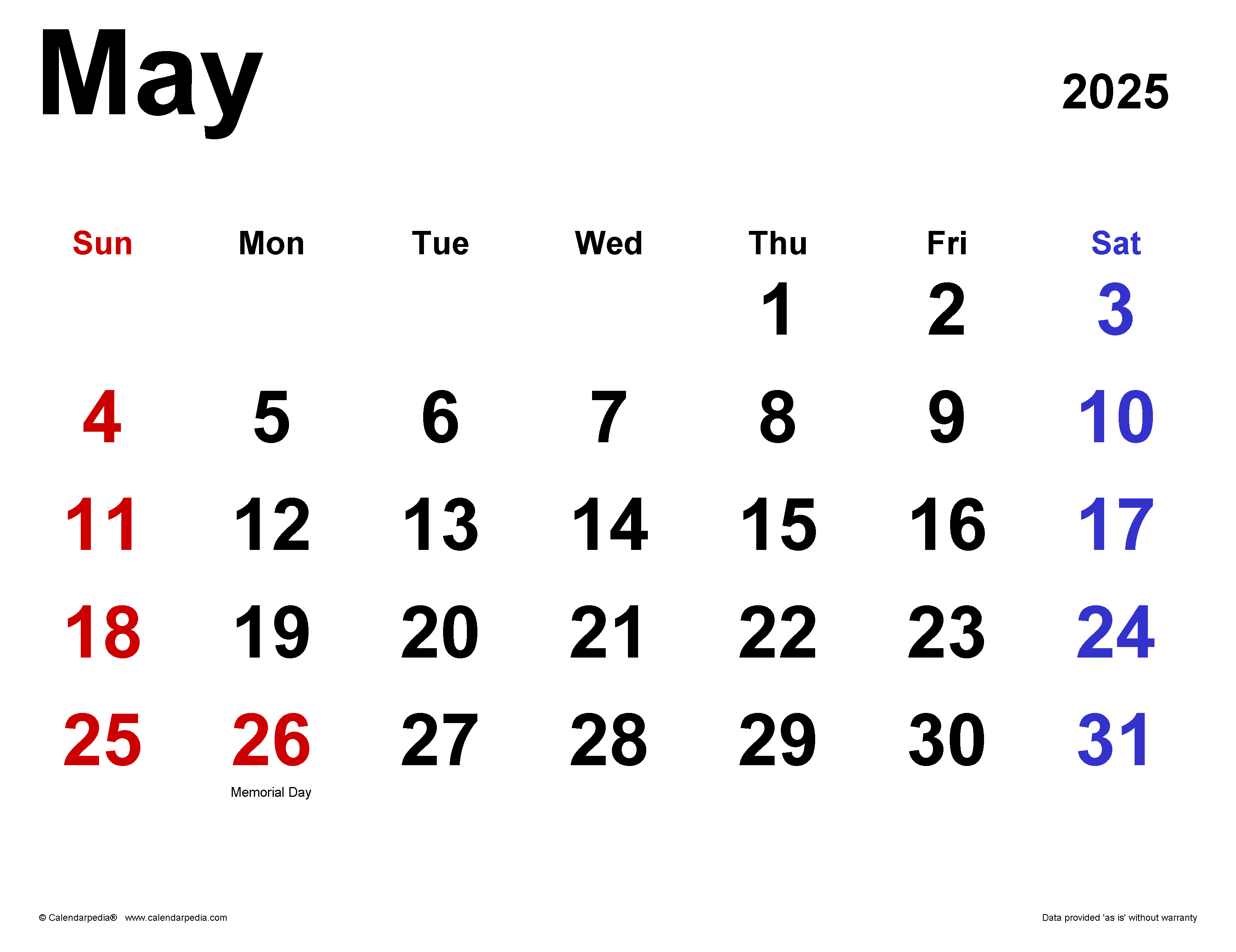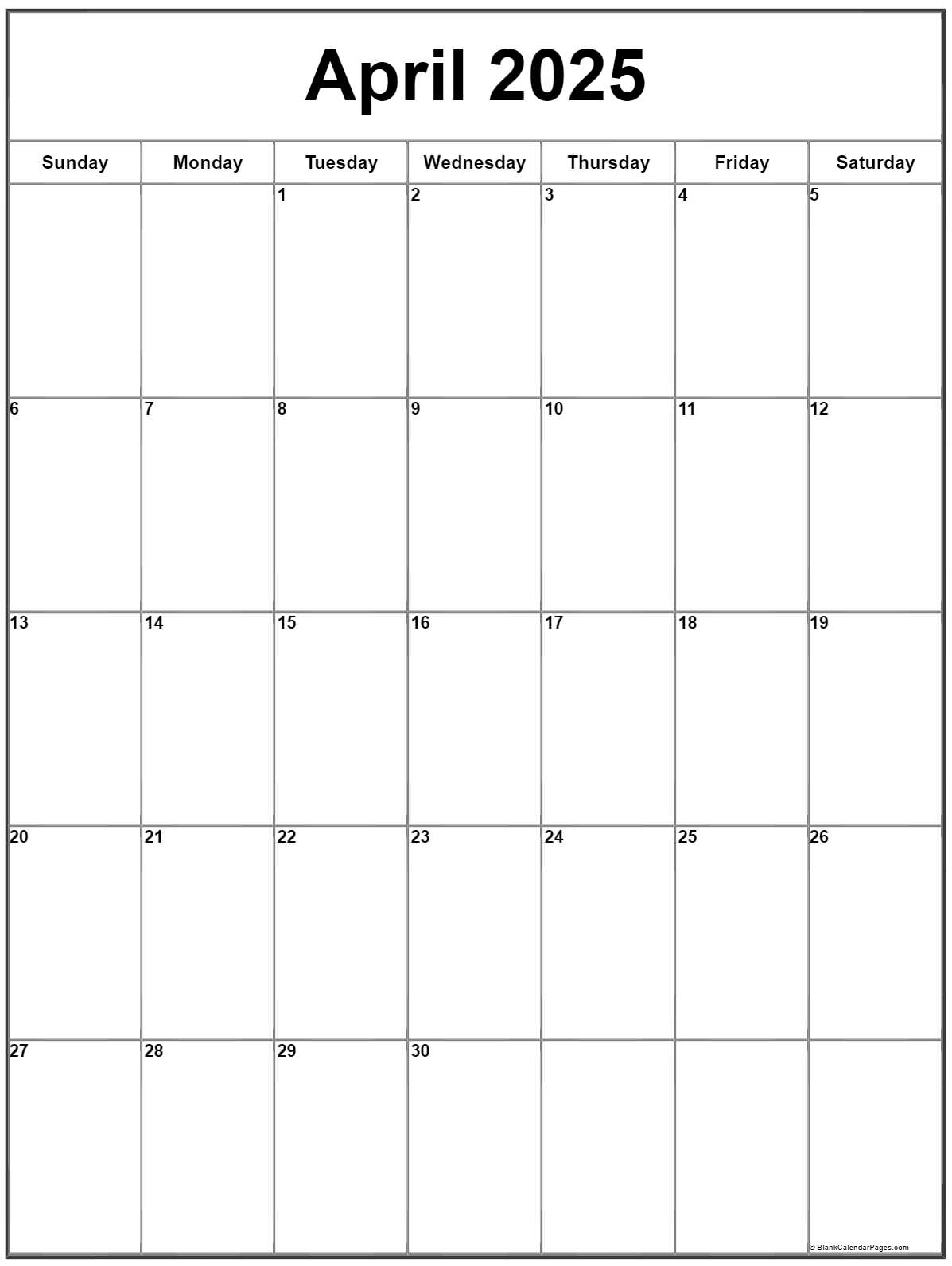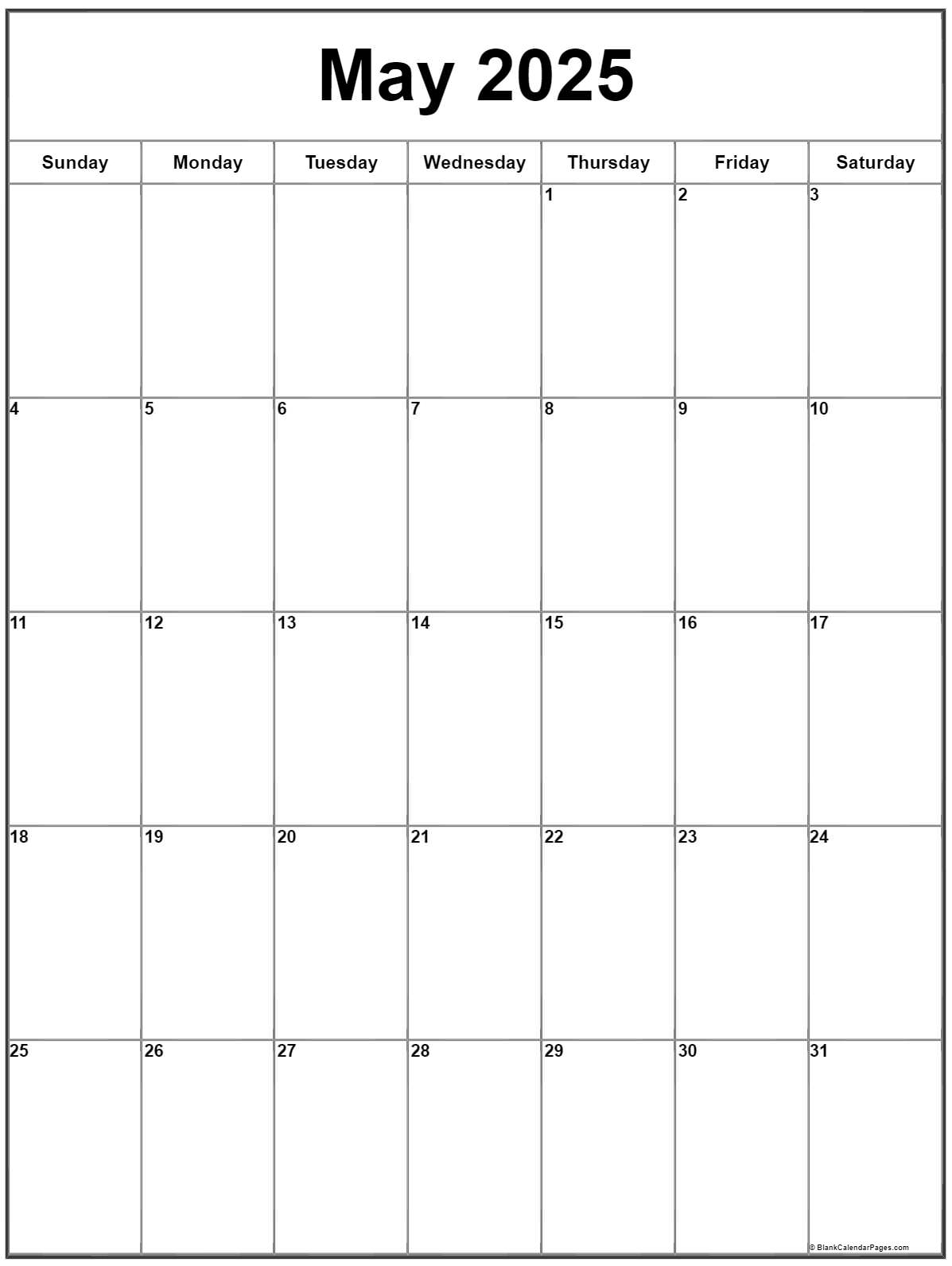Was May 2025 Calendar Shortened
The Curious Case of the Shortened May 2025 Calendar: A Deep Dive into a Fictional Anomaly
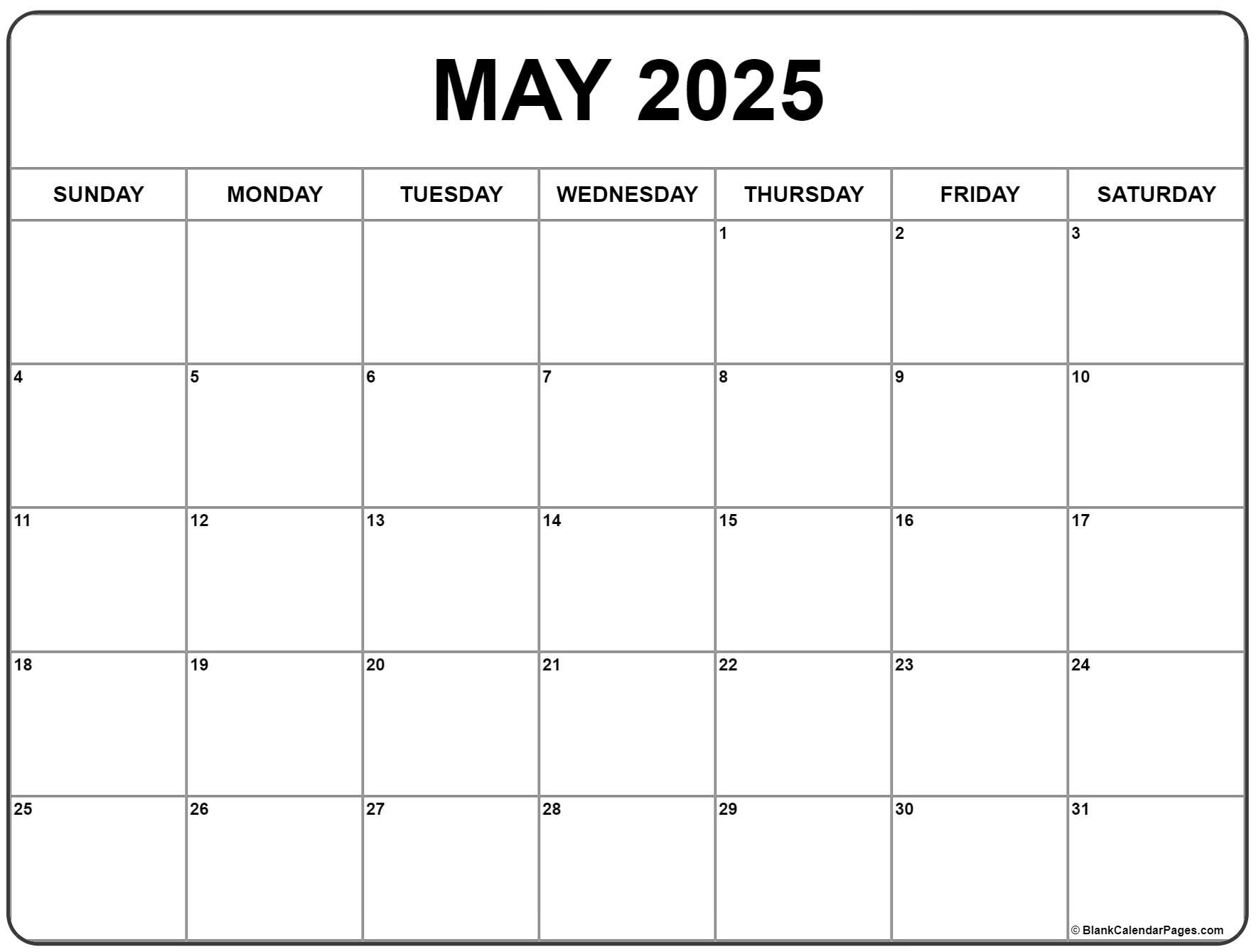
The internet is abuzz. Social media is awash with bewildered posts, conspiracy theories are sprouting like weeds, and the news channels are scrambling for answers. The reason? The May 2025 calendar, for many, is inexplicably shorter than it should be. While some experience a perfectly normal 31-day May, a significant portion of the global population reports a truncated version, often showing only 28 or even 21 days. This isn’t a simple glitch; it’s a widespread, perplexing anomaly affecting calendars across various platforms and devices.
The phenomenon first surfaced in late 2024, with isolated reports of individuals encountering discrepancies in their digital calendars. Initially dismissed as software bugs or individual errors, the reports grew exponentially in the early months of 2025, culminating in a global uproar as the shortened May calendar became undeniably widespread. The scale of the issue is unprecedented, defying easy explanation. It affects users of all ages, tech literacy levels, and geographical locations, spanning across different operating systems, calendar applications (both online and offline), and even physical wall calendars.
The Scope of the Anomaly:
The impact of this shortened May is far-reaching. Businesses are struggling with scheduling conflicts, appointments are missed, deadlines are jeopardized, and the overall societal rhythm is disrupted. Financial markets have shown signs of instability, as trading schedules are thrown into disarray. International collaborations are hampered by the inability to coordinate events across regions experiencing different May calendar lengths. The sheer scale of the disruption is causing significant economic and social unrest.
The variations in the shortened calendar are equally baffling. While the most common anomaly presents a 28-day May, echoing the length of February in a non-leap year, some individuals report a 21-day May, a length with no precedent in any known calendar system. There’s no discernible pattern to who experiences which variation; it seems entirely random.
Theories and Explanations:
Naturally, the absence of a clear explanation has fueled a plethora of theories, ranging from the plausible to the outlandish:
-
Software Glitch on a Massive Scale: This is the most widely accepted initial hypothesis. The suggestion is that a catastrophic error within a core system, perhaps related to time synchronization protocols or a fundamental flaw in calendar algorithms, is affecting a vast number of devices and systems globally. However, the sheer scale and randomness of the anomaly make this explanation increasingly less satisfactory. If it were a simple software bug, one would expect a more consistent manifestation across platforms.
-
Temporal Anomaly: More speculative, but gaining traction within certain online communities, is the theory of a temporal anomaly. This proposes that some regions or individuals are experiencing a localized distortion of spacetime, resulting in a compressed perception of the month of May. This theory draws parallels to fictional concepts from science fiction, but lacks any scientific basis.
-
Cyberattack: The possibility of a sophisticated cyberattack designed to disrupt global systems and sow chaos is also being investigated. However, the lack of any overt claim of responsibility and the seemingly random nature of the anomaly make this theory less likely.
-
Government Conspiracy: Conspiracy theorists, unsurprisingly, have jumped on the bandwagon, suggesting a government-orchestrated plan to manipulate time or control information. This theory, while popular online, lacks any credible evidence.
-
Collective Unconscious: Some even suggest a psychological phenomenon, proposing that a collective unconscious shift in perception is causing the discrepancy. This theory borders on the metaphysical and lacks empirical support.
Investigative Efforts:
Governments worldwide are collaborating with technology companies and scientific institutions to investigate the anomaly. Teams of programmers, physicists, and mathematicians are working tirelessly to understand the root cause. The investigation focuses on several key areas:
-
Data Analysis: Massive datasets are being collected, analyzing calendar data from various sources to identify patterns and potential correlations.
-
Software Audits: Comprehensive audits of calendar software and underlying systems are underway to identify potential vulnerabilities or errors.
-
Network Analysis: Researchers are examining network traffic and system logs to identify any anomalous activity that could be related to the anomaly.
-
Scientific Experiments: Physicists are conducting experiments to explore the possibility of a temporal distortion, although the chances of finding any conclusive evidence remain slim.
The Human Impact:
Beyond the technological and economic implications, the shortened May 2025 is having a profound psychological impact on individuals. The uncertainty, the sense of disorientation, and the disruption to daily routines are causing widespread anxiety and stress. Mental health services are reporting a surge in cases related to the calendar anomaly. The sense of collective unease is palpable, leading to a pervasive sense of uncertainty about the future.
Conclusion:
The shortened May 2025 calendar remains a baffling mystery. While the investigation continues, the lack of a clear explanation fuels speculation and anxiety. The incident highlights the fragility of our reliance on technology and the potential for unforeseen disruptions to our daily lives. Whether the solution lies in a simple software patch, a complex temporal anomaly, or something entirely beyond our current understanding, the implications of this event are far-reaching and will continue to shape our world for years to come. The search for answers continues, leaving the world grappling with a calendar that refuses to conform to the expected. The mystery of the shortened May 2025 serves as a stark reminder of the unpredictable nature of reality and the limitations of our current understanding of the universe. The coming months will be crucial in determining the true nature of this unprecedented event and its long-term consequences.
